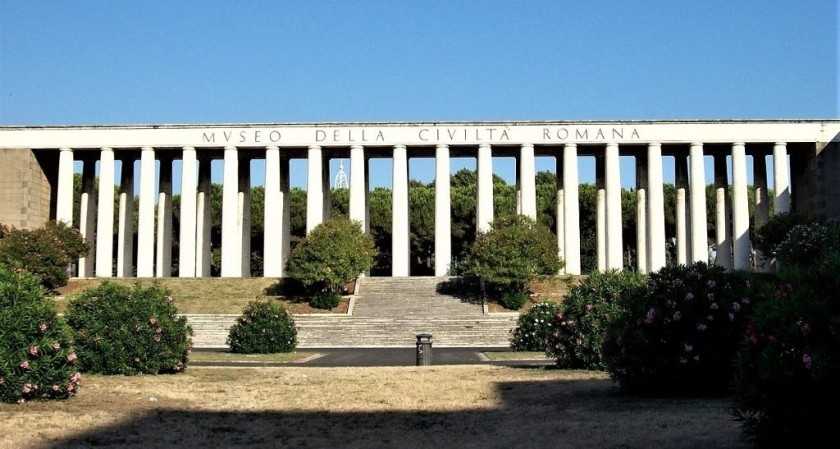Exploring Rome’s Metro: Key Stops and Tips
Navigating a new city can be daunting, but Rome’s metro system offers a convenient and efficient way to explore the city’s rich history and vibrant culture. With just three lines—A, B, and C—the metro connects many of Rome’s major attractions, making it an essential tool for tourists and locals alike. Here’s a guide to help you make the most of your journey through Rome’s underground.
Key Metro Stops for Sightseeing
Rome’s metro system is designed to connect you to the heart of the city’s most famous landmarks. Here are some key stops you shouldn’t miss:
- Colosseo (Line B): As the name suggests, this stop is your gateway to the iconic Colosseum. Once you exit the station, you’ll find yourself just steps away from this ancient amphitheater, where you can explore the history of gladiators and Roman spectacles. Nearby, you can also visit the Roman Forum and Palatine Hill, which offer a glimpse into the political and social heart of ancient Rome.
- Spagna (Line A): This stop brings you to the Spanish Steps, a popular gathering place for both tourists and locals. From here, you can easily walk to the Trevi Fountain, where tradition dictates you toss a coin to ensure your return to Rome. The area is also known for its high-end shopping streets, such as Via dei Condotti, where you can indulge in some retail therapy.
- Vatican Museums (Line A): While the metro doesn’t stop directly at the Vatican, the Ottaviano station is just a short walk away. This stop is perfect for those planning to visit St. Peter’s Basilica, the Vatican Museums, and the Sistine Chapel. Be sure to allocate plenty of time for this visit, as there is much to see and experience.
Tips for Using Rome’s Metro
To make your metro experience as smooth as possible, consider these practical tips:
- Tickets and Passes: Tickets can be purchased at vending machines in metro stations, newsstands, or tobacco shops. A single ticket is valid for 100 minutes and allows you to transfer between buses and trams, but only one metro ride. For longer stays, consider purchasing a day pass or a Roma Pass, which offers unlimited travel and discounts on attractions.
- Peak Hours: The metro can get crowded, especially during rush hours (7:00-9:00 AM and 5:00-7:00 PM). If possible, plan your travel outside these times to avoid the crowds. Trains run frequently, so if one is too full, the next one is usually just a few minutes away.
- Safety and Etiquette: Like any major city, it’s important to stay aware of your surroundings. Keep an eye on your belongings, especially in crowded areas. When boarding, allow passengers to exit the train before you enter, and try to move away from the doors to make room for others.
Exploring Beyond the Metro
While the metro is a fantastic way to see many of Rome’s highlights, some attractions are best reached by other means:
- Trams and Buses: Rome’s extensive tram and bus network can take you to places the metro doesn’t reach, such as Trastevere, a charming neighborhood known for its cobblestone streets and lively nightlife. Bus routes are well-marked, and maps are available at most stops.
- Walking: Rome is a city best explored on foot. Many of its most beautiful streets and hidden gems are found in areas not accessible by metro. Walking allows you to stumble upon quaint cafes, historic churches, and stunning piazzas that you might otherwise miss.
- Biking and Scooters: For a more adventurous way to see the city, consider renting a bike or an electric scooter. Many rental services are available, and this can be a fun way to cover more ground while enjoying the fresh air.
Rome’s metro system is a valuable resource for anyone looking to explore the city efficiently. By understanding the key stops and following these tips, you can make the most of your time in this historic and vibrant city.
